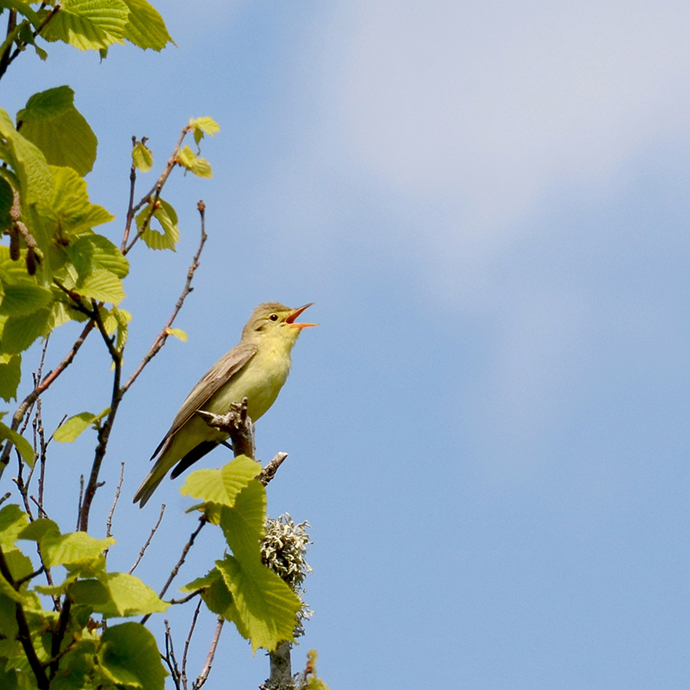Changes in bird community composition have made the spring bird chorus more quiet and less varied.
Bird song is for many people an important source of joy and recovery. In the last few decades both the number of birds and the bird community composition has changed which has affected the acoustic properties of the natural soundscapes. These changes have for the first time been investigated in a systematic way.
A research team led by scientists from University of East Anglia, Norwich, UK, has used systematic bird monitoring data from 25 years and more than 200 000 localities in Europe and North America to analyse how the soundscapes must have changed over time at these sites. The Swedish bird data come from the Fixed routes of the Swedish Bird Survey (“standardrutterna”), a dataset available and freely downloadable at SBDI.
Given that there were no original recordings from each of the censuses, the researcher sampled bird song recordings to recreate the soundscape at each survey. They then analysed the sonogram of each soundscape in a standardized and objective way and determined how loud and varied the soundscape had been. Overall, the bird chorus has lost in strength and become less varied over the last 25 years, which can be explained by a general decrease in bird numbers and local species richness.
The changes in soundscapes do vary over the vast area investigated and in Sweden the picture is less gloomy than in areas with higher human densities and larger impact on nature.
.
Further reading/listening
Morrison, C.A., Auniņš, A., Benkő, Z. et al. Bird population declines and species turnover are changing the acoustic properties of spring soundscapes. Nat Commun 12, 6217 (2021). https://doi.org/10.1038/s41467-021-26488-1
Follow up by the Swedish national radio (in Swedish).
Contact

